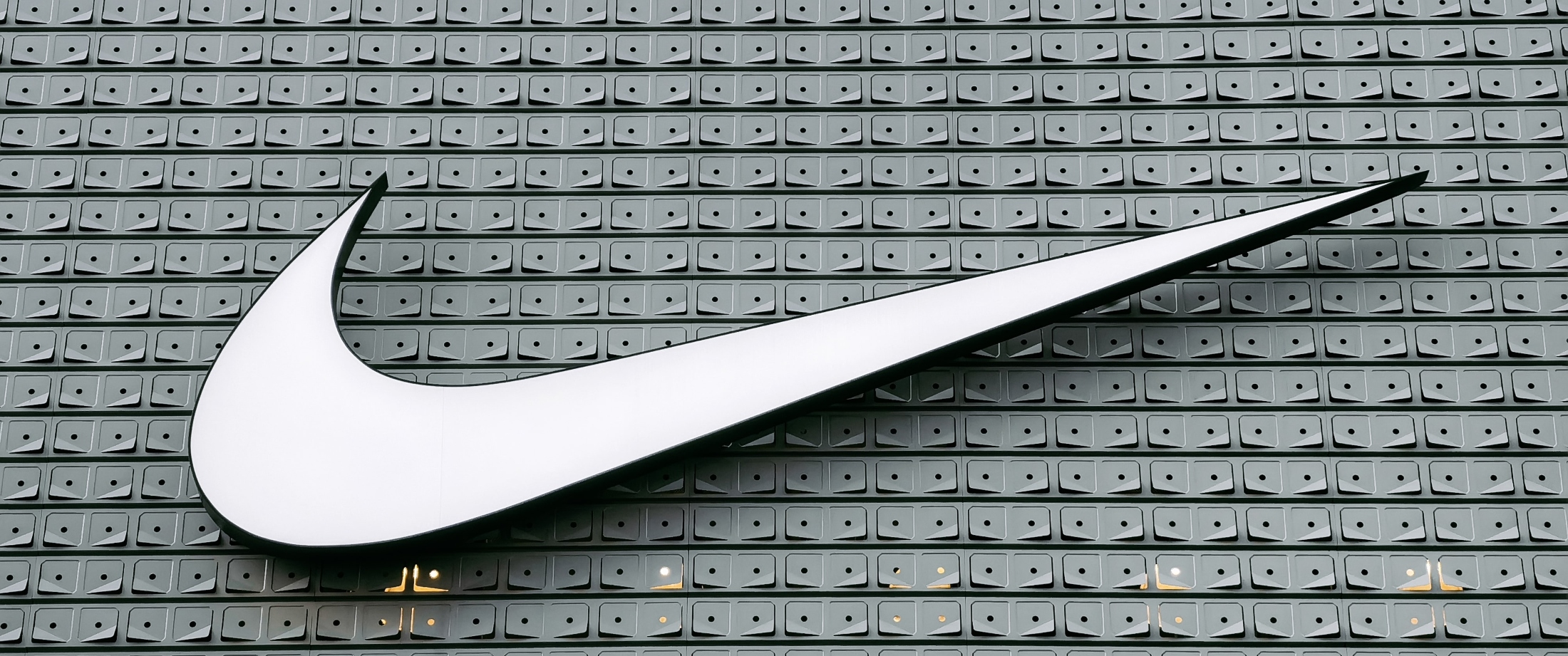Five questions brands should ask about NFTs

Did you know the first NFT was created in 2015? Yep, it took less than five years for NFTs to reach worldwide notoriety. And since then, the market for NFTs has exploded, with folks either loving them or rejecting the idea altogether.
Because of the polarisation that NFTs have caused, it can be difficult for businesses to confidently participate in the NFT world.
Fortunately, we’ve planned, created, and released many NFT marketplaces, and understand both the strategic and tactical considerations surrounding them.
There are five essential questions every leader must evaluate before starting down the path of NFT creation.
01 What is the state of the NFT market?
02 Should my brand leverage this new technology?
03 What makes a good NFT experience?
04 Are NFTs bad for the environment?
05 Do users need to buy NFTs using crypto?
Below, our team helps you answer these essential NFT questions.

Should my brand leverage this new technology?
Whether your brand could benefit from NFTs depends on many things – your industry, audience, ideas, and execution.
Generally, any brand with intellectual property or collectibles that an end-user would find valuable can experiment with NFTs. The same goes for brands offering exclusivity.
To give you an idea, here are the industries that have been successful in creating value around NFTs.
Intellectual property and collectibles
Notably, NBA TopShot drove over $700m in NFT sales since its launch, which provides users a chance to “own the moment” by selling motion graphics of top NBA players in games.
And Dapper Labs and Socios have created a variety of sports league and team-related NFTs. Digital cards or videos clips are bought in the same way that children once collected stickers or baseball cards.
Fashion
Fashion has been a great driver of NFT innovation given the possession-based nature of the industry and people wishing to constantly try new digital outfits and looks. This industry is only going to grow. Plus NFTs also allow fractional ownership of high-worth fashion – be it real-world or digital creations. They allow consumers to buy, sell and trade items, and creators to get residual benefits via smart contracts.
For industry leaders, look to Gucci and Nike.
Gucci was the first high-end fashion brand to engage with NFTs when they sold a four-minute movie for $25,000. And Nike recently announced their acquisition of RTFKT, a virtual shoe company that makes NFT sneakers for the metaverse.
Gaming and fashion in gaming
NFT as possessions in virtual worlds and video games is also a growth market, but a lot of NFT value comes from their utility. Think skins, loot boxes, and access to secret spaces. These possessions can elevate a gaming experience in many ways.
Fashion within gaming is another noteworthy opportunity. Many of the fashion industry’s collaborations have been with Fortnite, Roblox, and other gaming platforms.
Events
Arenas, artists, or event planners that are in the business of selling tickets to experiences can benefit by creating NFTs that complement the fan experience. This could be collector items or in-person perks.
Coachella is a great example. They currently offer NFTs on their site that falls into these two categories:
01 A lifetime Coachella pass with exclusive benefits
02 Never-before-seen photography from past festivals
A final benefit for events is the ability to combat ticketing fraud. Anyone buying a ticket on a secondary market can see if it’s real via the blockchain.
Brands with megafans
Brands that have megafans and go out of their way to engage with them are also a potential market. This could be musicians, artists, celebrities, restaurants, and even consumer goods (Coca-Cola, for example). Giving megafans special perks via NFTs can be a great way to promote loyalty.
Some brands and industries lend themselves naturally to NFTs more than others, but it’s best to do an NFT workshop to determine whether your brand could benefit from NFTS and if they will be well-received.
What makes a good NFT experience?
It depends who you ask!
Unless you are selling art or digital fashion, the experience is all about what the NFT can be used for. How you define this, depends on your brand and how you wish to activate it.
NFTs can be a ticket to experiences, exclusivity, and community both online and off.
If you want to cultivate meaningful, long-term relationships with your audience, then the strategy behind the NFT utility is paramount. Of course, this strategy starts with your users and their desires.
When thinking about creating the most impactful experiences, we always look at the motivations of the people who will be experiencing them.
For example, do people own extremely popular NFTs because they like the exclusivity and events it brings them (Intrinsic motivation), or do they own them because they hope to sell them one day for a lot of money (extrinsic motivation)?
Our recommendation is to focus on the intrinsic value for the consumer. What is a person getting out of the experience? Is it enjoyable? Do they get personal value from it?
Gary Vaynerchuk is involved in a new seafood restaurant that sold 1501 NFTs to raise $15m. According to their site, “This token represents your ownership of membership to our private dining club,” creating both exclusivity and a community of patrons.
Here’s why they decided on creating an NFT experience over a traditional membership.
“As an NFT, the membership becomes an asset to the token holder, which can later be sold, transferred or leased to others on the secondary market.”

Are NFTs bad for the environment?
Currently, the computer power needed to create an NFT is high. Proof of Work networks such as Ethereum can use more than 20kgs of CO2 to mint one NFT. Layer 2 networks such as Polygon have reduced the cost and environmental impact of minting, but issues remain.
Such waste has caused a huge backlash from some consumers, not least in the world of K-pop, where labels faced an outcry after launching NFT products.
Luckily, there are carbon neutral or negative platforms emerging, like Algorand, which will allow companies to offer NFTs without the negative effects.
If you’re interested in environmentally-friendly NFTs for your brand, we recommend using Algomart. Algomart is a carbon-negative, white label solution that is fully customisable for brands, created by the engineering team here at DEPT®.
Do users need to buy NFTs using crypto?
Nope.
Traditionally, users have needed to use something like Coinbase to convert GBP into cryptocurrency before purchasing NFTs. For many users, this is a huge hurdle.
However, today, brands can overcome this conflict by using a platform like Algomart.
Algomart blends web2 payments with web3 NFTs, i.e., allows you to sell NFTs with standard currency via credit card transactions.
Businesses don’t need a separate crypto-wallet either. There are custodial wallets that hold deposits and allow you to transfer the money in and out. Algomart simplifies interactions with the blockchain and uses Circle’s payment solutions. Not only can you create an NFT “store,” it takes care of the seemingly-complex payment systems.
This technology means that any brand can create and start selling NFTs to their users – whether they know a lot about cryptocurrency or not.
Getting started with NFTs
If you want to explore how NFTs might add value to your brand, we recommend starting with a discovery workshop. During this, we can help you understand whether NFTs are right for your brand, what kind of value you can provide, and the logistics of creating your first NFTs.
Reach out to chat with our team.





